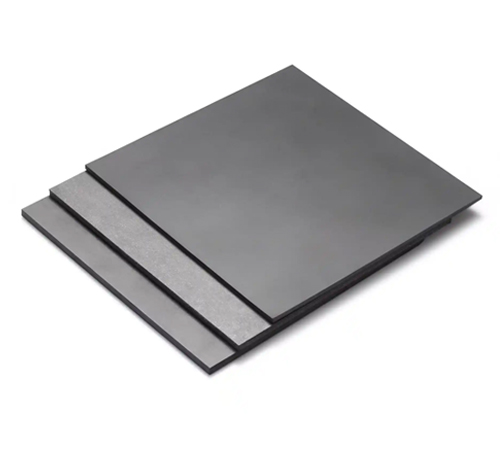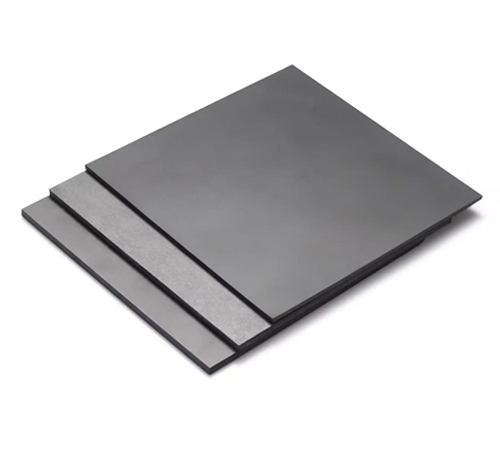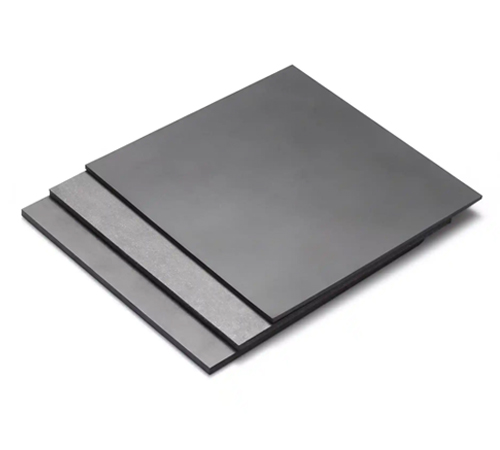Every leap in wireless communication technology is accompanied by significant advancements in material science. In the era of 5G, moving towards an interconnected world, a seemingly small but crucial player is gradually emerging – thermal conductive and wave absorbing materials. They are not only the unsung heroes behind the efficient and stable operation of 5G communication equipment but also key determinants of future communication experiences.
5G Era: Dual Challenges of Heat Dissipation and Electromagnetic Compatibility
5G technology, with its ultra-high bandwidth, ultra-low latency, and massive connectivity, is revolutionizing our lives. However, behind these outstanding performances lie unprecedented engineering challenges.
First is the heat dissipation problem. To handle the explosion in data volume, 5G base stations and terminal devices feature higher chip integration and faster operating frequencies, leading to a significant increase in power consumption. If heat cannot be dissipated in time, it can lead to reduced device performance, unstable operation, or even direct damage to components, severely impacting the reliability of communication networks.
Second is the electromagnetic compatibility (EMC) problem. 5G uses higher frequency bands (such as Sub-6GHz and millimeter wave), meaning electromagnetic waves have shorter wavelengths and are more susceptible to environmental and self-induced electromagnetic interference. Densely packed circuits and high-speed data transmission within devices can generate spurious electromagnetic waves, interfering with each other, thereby degrading signal quality and even causing communication interruptions. The challenge is how to simultaneously address high heat and complex electromagnetic interference within a limited space.
Thermal Conductive and Wave Absorbing Materials: The "Invisible Guardian" of 5G Communication Equipment
It is against this backdrop that thermal conductive and wave absorbing materials have emerged, carrying great expectations. These materials cleverly combine high thermal conductivity with excellent electromagnetic wave absorption capabilities, offering a unique solution for 5G communication equipment.
1. Efficient Thermal Conduction: "Cooling Down" 5G Devices
Thermal conductive and wave absorbing materials, through their special internal design and composite structure, can efficiently transfer the heat generated by internal chips, preventing localized overheating. They act like an efficient "heat porter," guiding heat from critical areas to heat sinks or device casings, ensuring that chips operate within their ideal temperature range. This is crucial for extending device life and ensuring performance stability, especially for long-running, high-load 5G base stations.
2. Excellent Wave Absorption: Resolving Electromagnetic Interference "Crises"
In addition to heat dissipation, another core function of thermal conductive and wave absorbing materials is to absorb and attenuate spurious electromagnetic waves generated within the device, as well as electromagnetic interference that may come from the external environment. These materials typically contain special magnetic or dielectric loss media, which can convert incident electromagnetic wave energy into heat for dissipation, thereby significantly reducing electromagnetic radiation, suppressing electromagnetic interference, and improving the device's electromagnetic compatibility. Imagine various electronic components inside a device "whispering" at a noisy party; thermal conductive and wave absorbing materials effectively "absorb" this noise, allowing critical "conversations" (data transmission) to proceed clearly.
Application Examples of Thermal Conductive and Wave Absorbing Materials in 5G Communication Equipment
Thermal conductive and wave absorbing materials are not just "lofty" theoretical concepts; they are already widely used in various critical parts of 5G communication equipment:
▪ Base Station RF Modules: The RF units of 5G base stations are "hotspots" for power consumption and electromagnetic interference. Thermal conductive and wave absorbing pads, gels, or sheets can be filled between power amplifier chips and heat sinks for efficient thermal conduction, while suppressing spurious radiation within the module and improving signal purity.
▪ Antenna Units: Millimeter-wave antenna arrays are highly sensitive to electromagnetic environments. Using wave-absorbing materials inside antenna radomes or near antenna units can effectively reduce reflections and interference from the antenna itself and its surroundings, improving antenna efficiency and beam control accuracy.
▪ Core Boards and Chip Packaging: In 5G core network equipment and high-performance routers, core chipsets like processors and memory consume significant power. Thermal conductive and wave absorbing materials can be made into thin films or coatings and directly applied to chip package surfaces or critical areas of PCB boards, providing both heat dissipation and wave absorption simultaneously.
▪ CPE/Routers and Smartphones: For terminal devices close to users, solving heat dissipation and electromagnetic compatibility in compact spaces is equally important. Thermal conductive and wave absorbing sheets can be used in smartphone motherboards, processor modules, and other parts to improve device stability and user experience during prolonged high-load operation.
Future Outlook: Challenges and Opportunities for Thermal Conductive and Wave Absorbing Materials
Although thermal conductive and wave absorbing materials have demonstrated immense value in the 5G era, their development still faces challenges. For instance, how to further improve the thermal conductivity, absorption bandwidth, and absorption efficiency of materials; how to achieve lightweight, thin, and low-cost production while ensuring performance; and how to develop new materials that are more environmentally friendly and recyclable are all key areas for future research.
With the evolution of 6G and even higher-generation communication technologies, the demands on equipment performance will become even more stringent, elevating the importance of thermal conductive and wave absorbing materials to new heights. It is foreseeable that more innovative thermal conductive and wave absorbing materials will emerge in the future, combining with advanced packaging technologies and heat dissipation structure designs to jointly drive communication equipment towards higher performance, smaller size, and greener development.
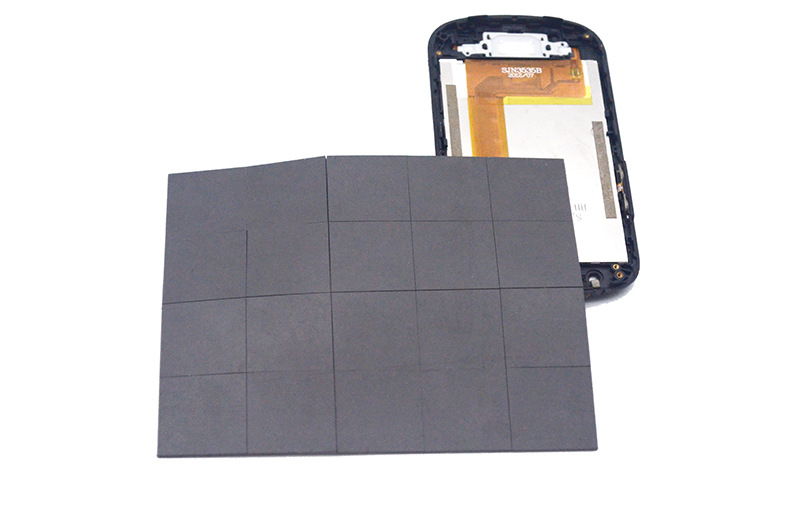
Thermal conductive and wave absorbing materials, seemingly "unassuming" in 5G communication equipment, are in fact the crucial cornerstone ensuring its efficient and stable operation. They not only solve dual engineering challenges but also invisibly support our infinite imagination for future digital life. As communication technology continues to evolve, we have every reason to believe that thermal conductive and wave absorbing materials will play an increasingly vital role in building smarter and more efficient communication networks.

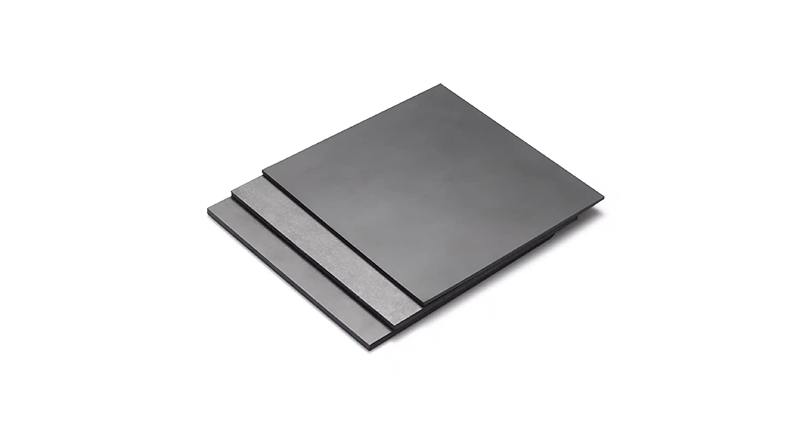

 CN >
CN >
